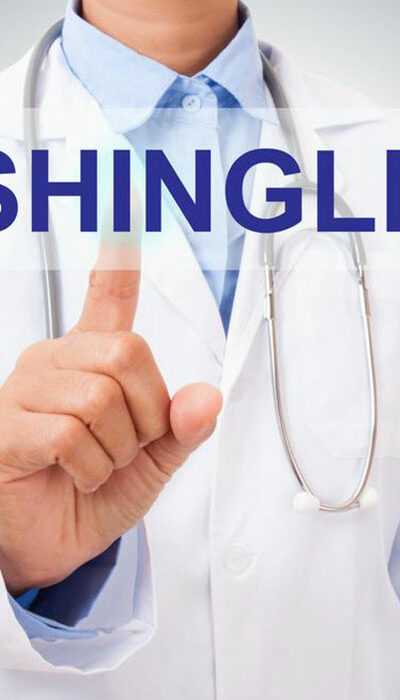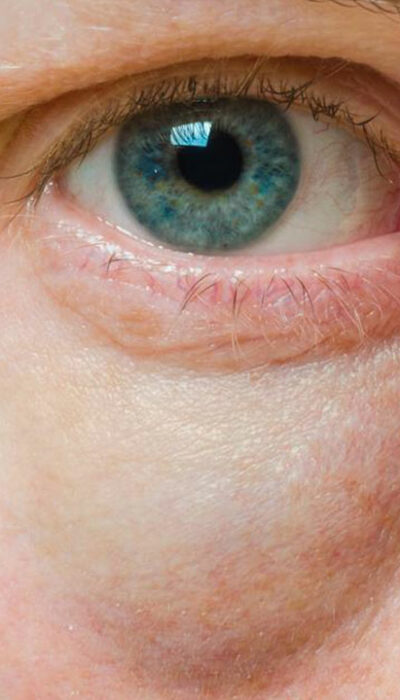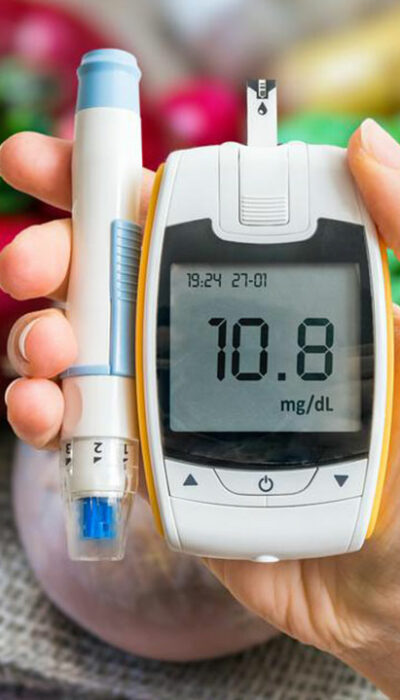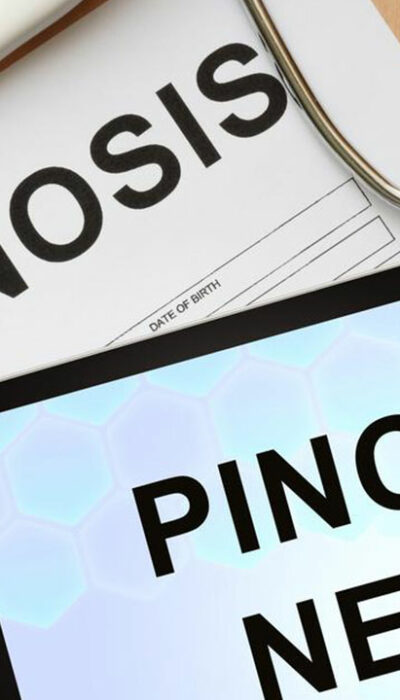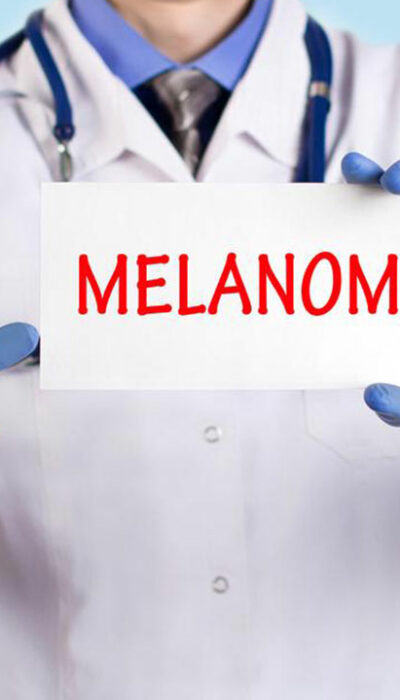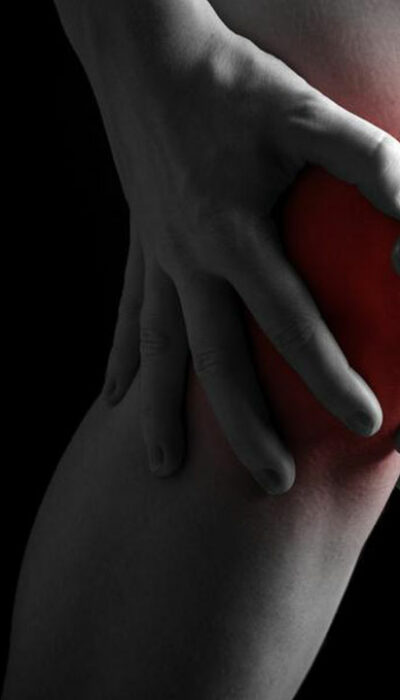
Most Common Causes of Knee Pain Diagnosis and Treatment
Most people suffer from knee pain in their lives at some point in time. Exercise, sports, etc. cause tendinitis, muscle strains and serious injuries to cartilage and ligament. Many people are so severely affected by knee pain that their daily activities are restricted. There are others for whom even mild knee pain is a matter of concern as they hinder the active lifestyle they want to live. It is important to investigate the reason that is causing the knee pain and treat it immediately to avoid further damage. Given below some of the most common causes of knee pain: Knee ligament injuries The ligaments connect your thigh bone to the lower leg bones. They hold the bones together and also keep the knees stable. In sports, sprains and knee ligament tears are extremely common and occur to the posterior cruciate ligament (PCL), anterior cruciate ligament (ACL) and medial collateral ligament (MCL). If you suffer from any of these injuries, you would experience extreme pain in the knee and may need surgery as well. Knee cartilage tears Other injuries like tears can happen in the cartilage. It is a semi-hard tissue which covers the end of the bones. There are two menisci on both sides of the joint- the lateral meniscus found on the outside of the knee and the medial meniscus positioned on the inside of the knee. Meniscus tear causes knee pain. A knee cartilage tear is a quite common and needs surgery to treat it. Arthritis of the knee Arthritis causes severe knee pain and sometimes disability as well. It is a degenerative condition that needs surgery eventually. There are three main kinds of arthritis. These are osteoarthritis, post-traumatic arthritis, and rheumatoid arthritis. Any of these conditions can result in swelling, the stiffness of the knees. You may find it difficult to bend the knees as well.

